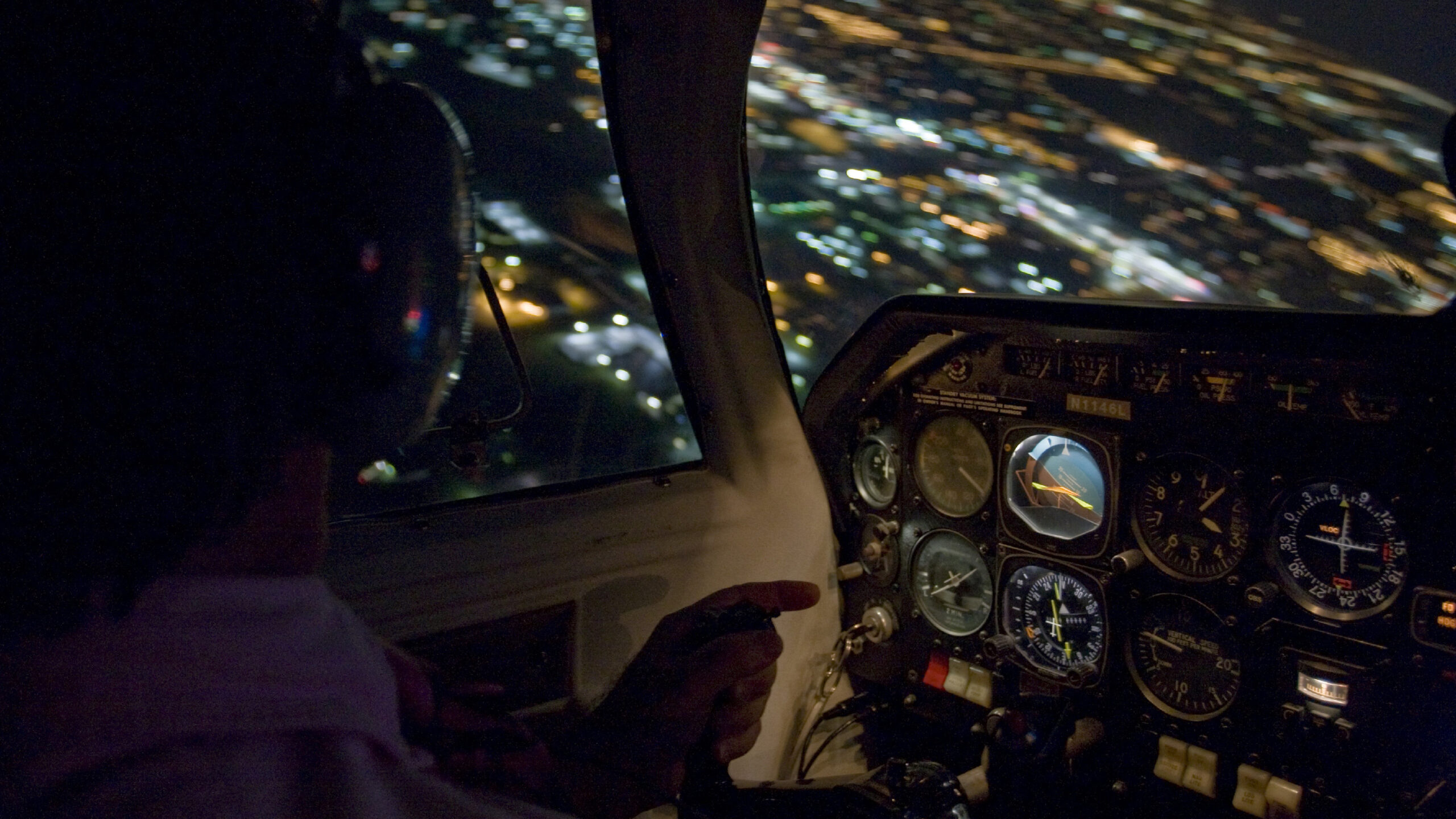
Transport Canada is working on revisions to night rating standards that would create two levels of night ratings in response to Transportation Safety Board criticisms that the current regs don’t clearly define a “visual reference to the surface” for the purposes of defining night VFR. As a result, the TSB says “night flights may be conducted with inadequate visual references, which increases the risks associated with night VFR flight, including controlled-flight-into-terrain and loss-of-control accidents.” The information was contained in the final report on the fatal crash of a Cargair Cessna 172 that went down near Racine, Quebec in September of 2019. The 22-year-old pilot, who had 22 hours of PIC time is presumed to have become disoriented after inadvertently flying into IMC. She died in the crash.
Following the loss of a helicopter near Moosonee, Ontario in 2016, the TSB recommended the Department of Transport “amend the regulations to clearly define the visual references (including lighting considerations and/or alternate means) required to reduce the risks associated with night visual flight rules flight.” Transport Canada has since responded to the recommendation and said it’s drafting amendments that “would lead to updates to the night VFR requirements and changes that would require 2 levels of night rating,” the TSB report said. The TSB said it hasn’t seen details of the amendments, which are expected to be published this summer.
